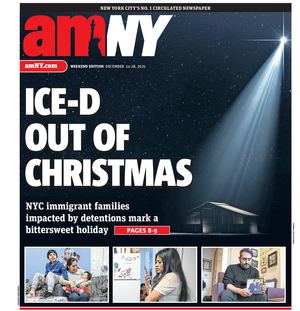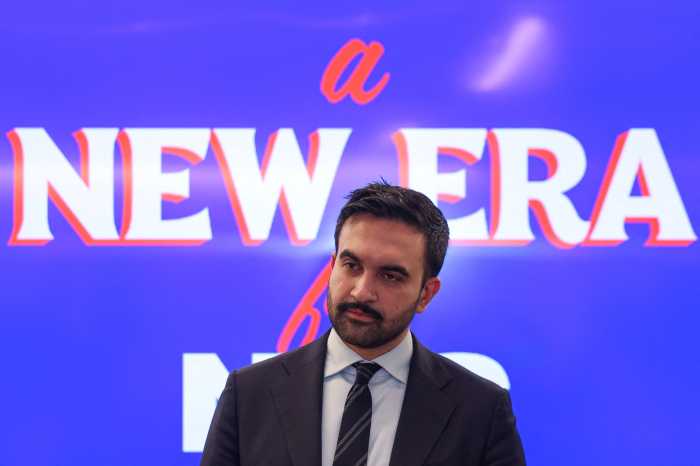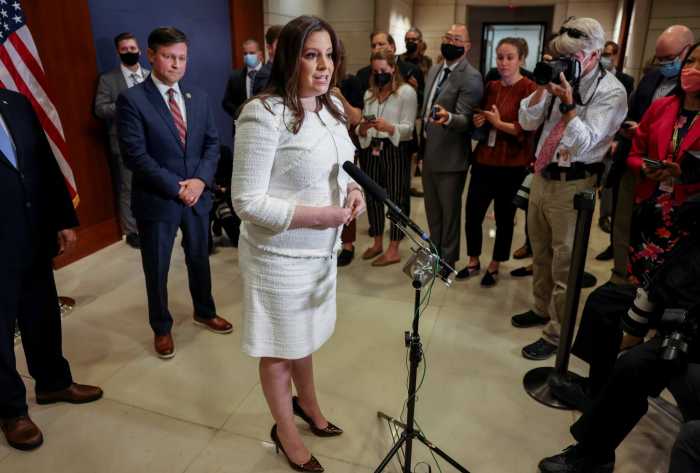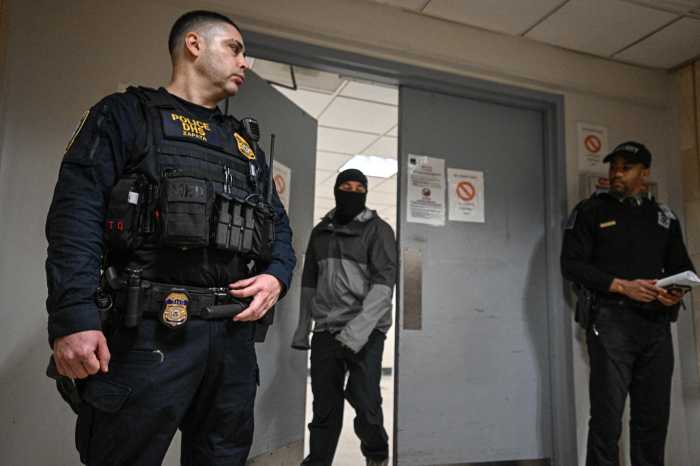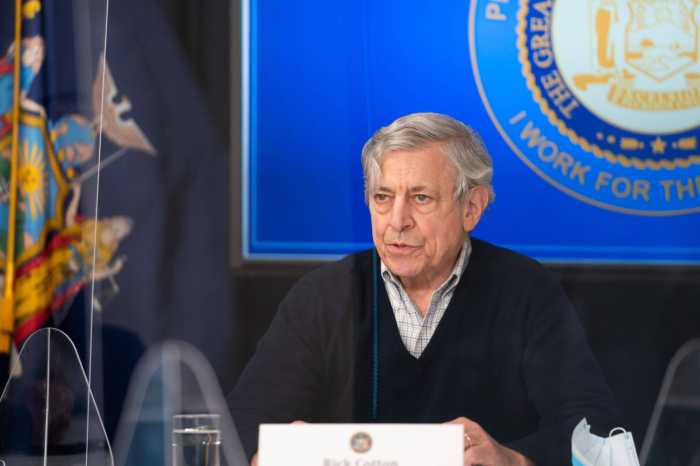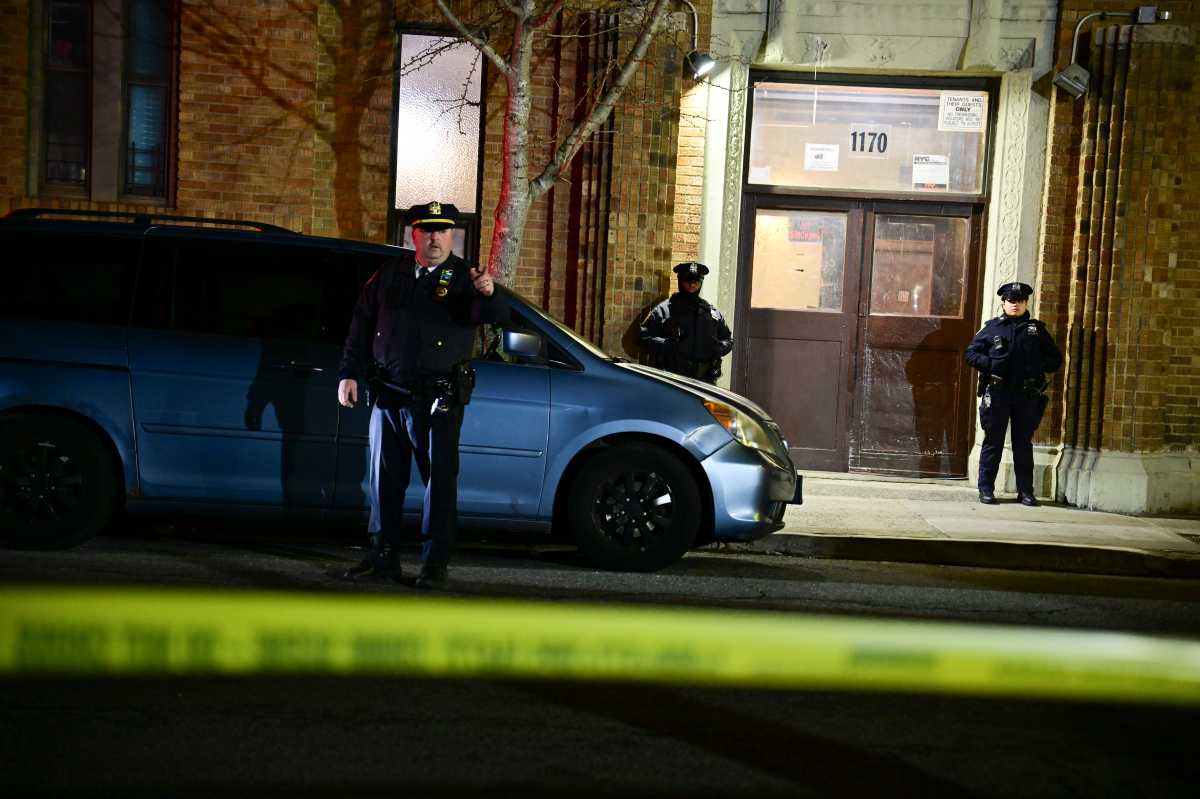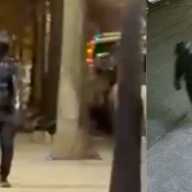Tuesday’s attack in a Roman Catholic Church in northern France is both devastatingly symbolic and tragically significant.
Two Islamic State terrorists took multiple hostages during a morning Mass, used nuns as human shields and killed an 85-year-old priest by slitting his throat with a knife. A nun who witnessed the attack said the men filmed the execution and then walked around the altar of the 17th century stone church, sermonizing in Arabic. They were shot dead by police as they tried to get away.
France is besieged by the number of young Muslim men who have become radicalized. We’ve seen a mass shooting in the offices of a satiric magazine, a spray of bullets in a Paris nightclub, and a truck driven into a crowd of holiday revelers in Nice.
This time, the terror came to a place of sanctuary, of prayer and worship.
The killing of the Rev. Jacques Hamel was a deliberately provocative assault by two men whom ISIS later described as its “soldiers.”
The Rouen diocese of the church in Saint-Etienne-Du-Rouvray had set up an interfaith committee that included Hamel and Muslim clerics 18 months ago to discuss ties between the two religions and radicalization. The attempt by ISIS to ignite a clash of religions as it loses its ground war in Syria comes when nationalistic movements are on the rise in Europe. The leaders of France’s Catholic, Jewish and Islamic communities called for the faiths to stand together to support the nation’s values of tolerance, while its political parties blamed the government for not doing enough to protect its citizens.
While the United States does not have the extensive challenges of Europe in dealing with radicalization, the priest’s killing undoubtedly will enter our political debates as well. These are complex challenges as we try to identify and define the enemy. Solutions cannot be found in simple slogans or semantic debates.
Republicans, led by Donald Trump, call it “radical Islam,” while President Barack Obama has sidestepped the phrase, saying he doesn’t want to link terrorism with the broader Muslim community. Only recently has Hillary Clinton labeled such attacks “radical Islamism,” a distinction focused on Jihadist ideology that encourages the spread of Islam by violence.
Attacks on our safe spaces make us feel particularly vulnerable. Europe and the United States must know who is responsible for murderous attacks, and who and what we must guard against. If specific terminology helps us do that, so be it. But labels can be dangerous. As we try to define our fears, it’s far too easy for names, titles and words to be misused or misunderstood. This is a time to be sophisticated in our language and in our responses. “Radical Islam” and “radical Islamism” are not interchangeable with “Muslim,” and there is a risk that some people without the understanding of the politics of the Middle East won’t make the necessary distinction. We are a nation built on tolerance. Blanket indictments of our innocent neighbors, friends and fellow citizens are not who we are.
Condemnation of the jihadist movement is necessary, but must be precise. Even as we focus on who our enemies are and what we fear, we must not forget who and what they are not.
